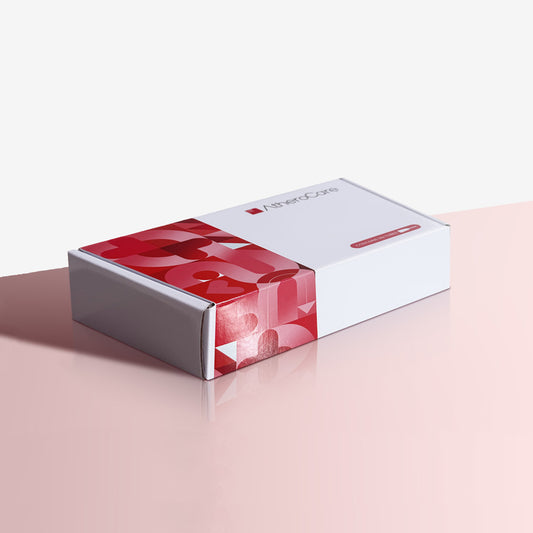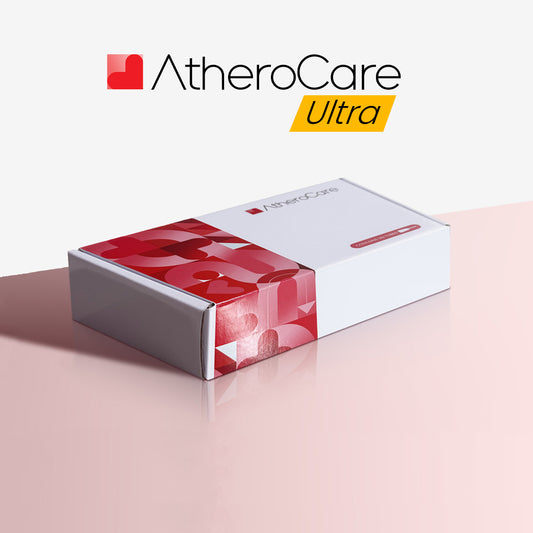Slow and Reverse Arterial Blockages—One Step at a Time
Arterial blockages don't happen all at once. They develop quietly over time—often without symptoms—until one day they can cause a heart attack, stroke, or other serious health problem. But the good news is this: arterial blockages can often be slowed, reduced, or even reversed with the right lifestyle choices.
What Are Arterial Blockages?
Your arteries are blood vessels that carry oxygen-rich blood from your heart to the rest of your body. When plaque (a mix of cholesterol, fat, calcium, and other substances) builds up on the walls of your arteries, it narrows the space for blood to flow. This condition is called atherosclerosis. When it becomes severe, it can limit blood supply to your heart or brain, increasing the risk of heart disease, stroke, and even death.
Can Blockages Be Reduced?
Yes—in many cases, you can reduce arterial plaque and improve blood flow by making consistent changes to how you eat, move, and live. It's not about quick fixes, but building habits that protect your arteries every day.
1. Adopt a Heart-Healthy Diet
What you eat directly affects your arteries. Some foods contribute to plaque buildup, while others help clear it away.
Eat more:
- Fruits and vegetables (especially leafy greens and berries)
- Whole grains (like oats, quinoa, and brown rice)
- Healthy fats (from nuts, seeds, olive oil, and fatty fish like salmon)
- Legumes and plant-based proteins
Avoid or limit:
- Fried and processed foods
- Added sugars and sugary drinks
- Red and processed meats
- Foods high in saturated fat and salt
- Eating well can lower LDL (“bad”) cholesterol, raise HDL (“good”) cholesterol, and reduce inflammation—all key to reversing plaque buildup.
2. Move Your Body More Often
Exercise is one of the most effective tools to keep arteries open and blood flowing freely. It strengthens your heart, lowers blood pressure, and helps manage cholesterol and weight.
Aim for at least 30 minutes a day of moderate activity, such as:
- Walking briskly
- Swimming
- Biking
- Dancing
- Gardening
Even short bursts of movement throughout the day can add up and benefit your heart.
3. Quit Smoking (or Don’t Start)
Smoking damages artery walls and makes plaque stickier. It also reduces oxygen in your blood and raises blood pressure. If you smoke, quitting is one of the most powerful steps you can take to protect your arteries.
4. Manage Stress and Sleep
Chronic stress and poor sleep increase inflammation and blood pressure—both of which speed up artery damage. Practice stress-relief techniques like deep breathing, walking, journaling, or simply taking time to rest. Aim for 7–9 hours of sleepper night.
5. Stay on Top of Your Health
High cholesterol, high blood pressure, and diabetes often show no symptoms—but they silently harm your arteries. Regular check-ups, blood tests, and monitoring can help catch problems early and keep you in control.
A Final Word: Progress, Not Perfection
You don’t need to overhaul your entire life overnight. Even small, consistent changes—like swapping white bread for whole grain or taking a daily walk—can slowly start to reduce plaque and improve heart health.
Your arteries are built to carry you through life. Take care of them, and they’ll take care of you.







